Week 36/2024: Spring architecture and reading
Week of 2 September 2024
Welcome to spring!
Spring architecture and reading
Conservatorium
Further from my post about the ABC building once-was-Utas-Conservatorium last week, I recently became aware that the transmission tower has gone.
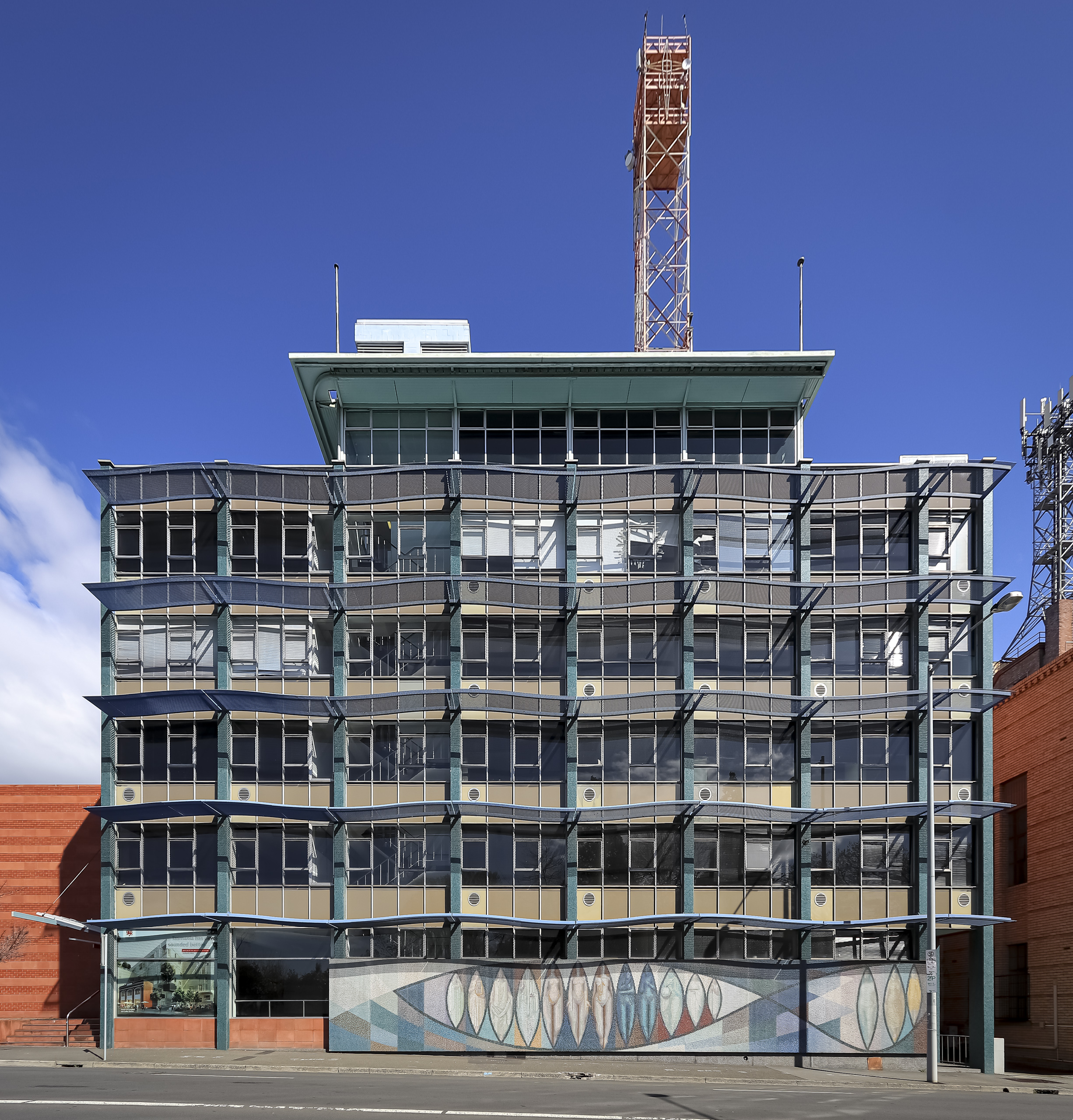
If I’d been paying attention I could tell you when it happened, but I only just noticed! (I think it was in June.)
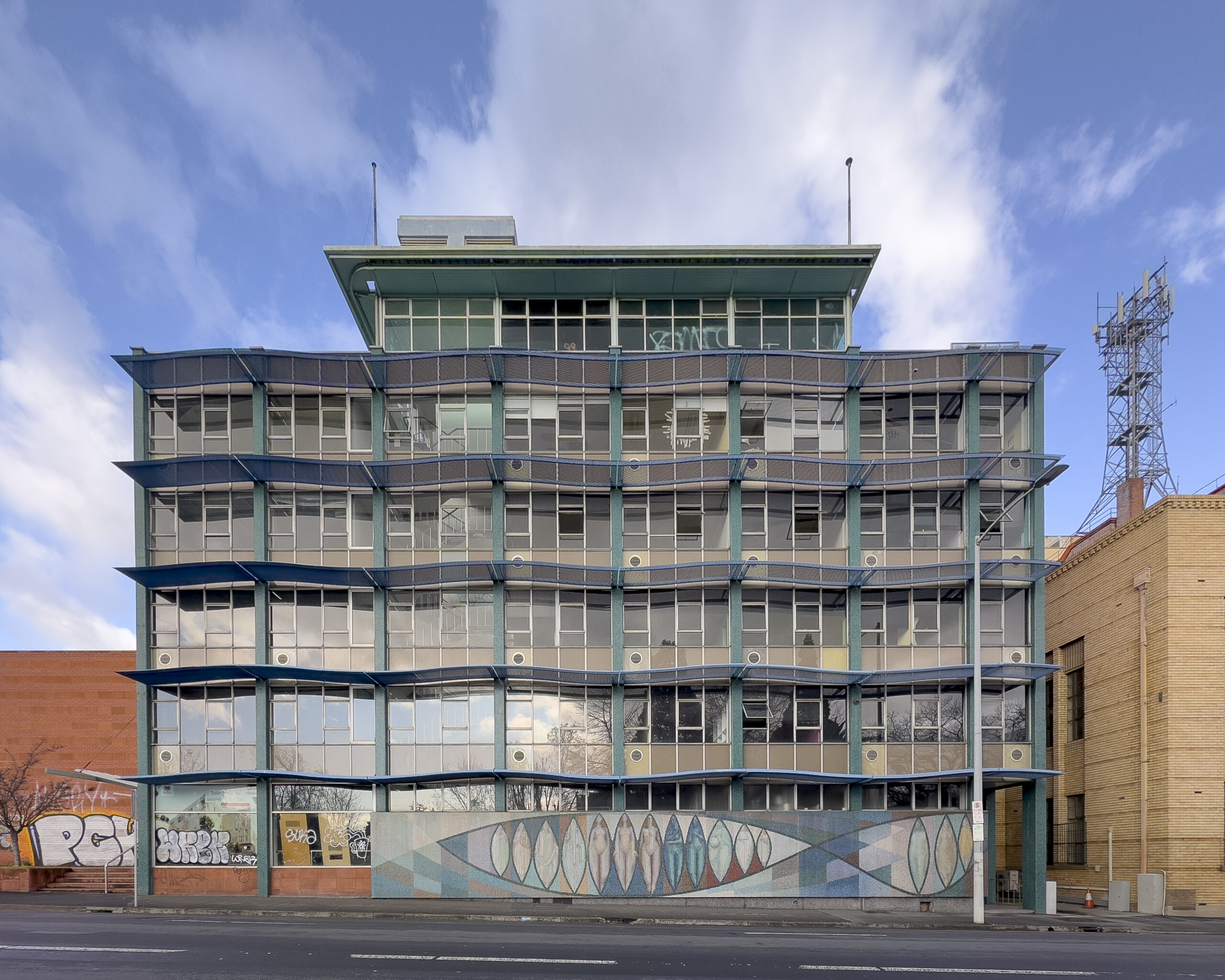
It made me wonder about the future of this building, which has been empty since the Conservatorium moved to the new performing arts site at the Theatre Royal/Hedberg complex in Campbell Street in 2020. (This may or may not be my favourite recent build in Hobart.)
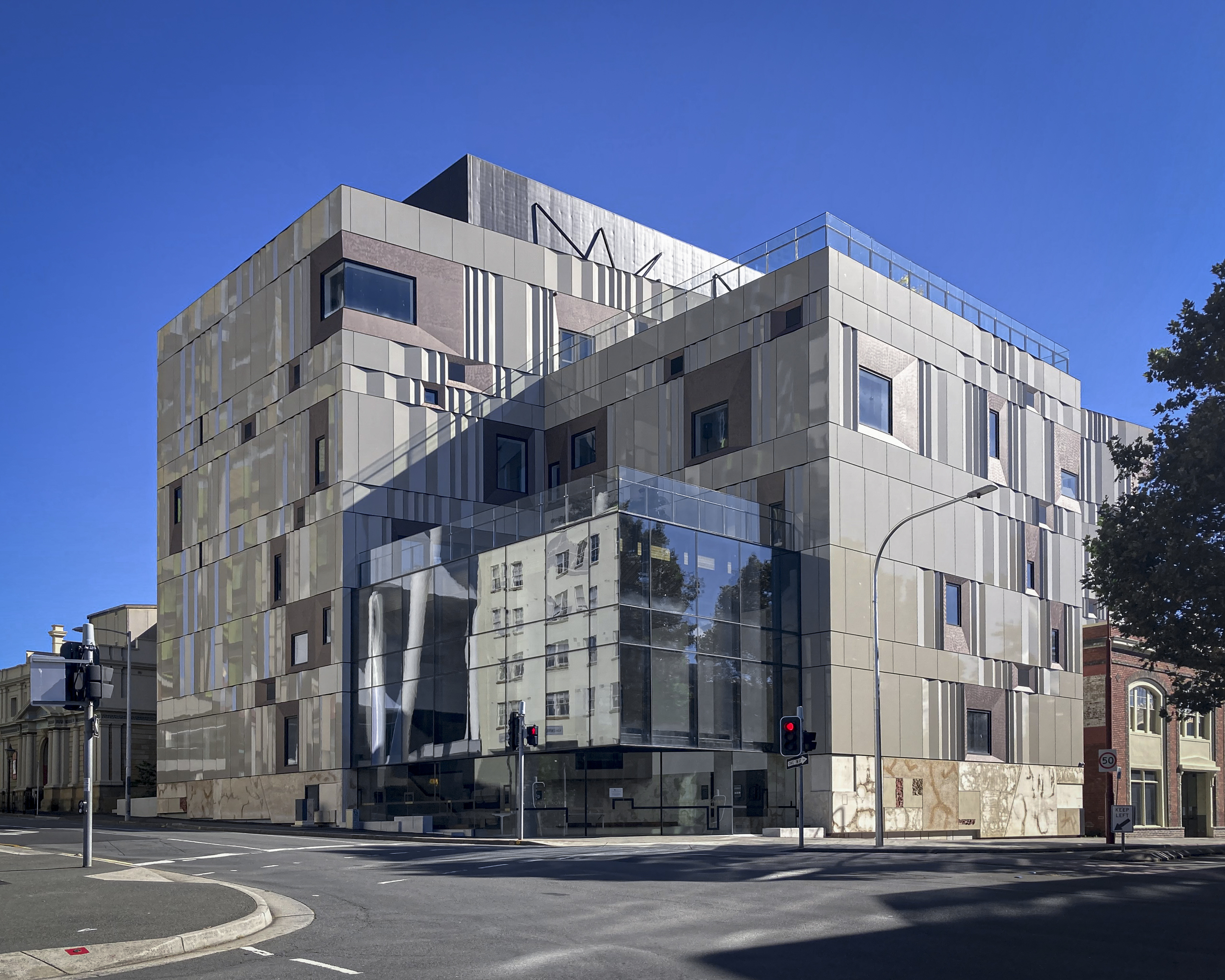
Demolition?
The new owners lodged a development application to demolish the building and create two new apartment blocks in mid-2020. There was much debate around this, a lot of which centred around the heritage listed-mural, designed by George Davis for the ABC when the building was being designed.
The proposed development would have retained the mural. My thoughts at the time were that, as the mural was designed as a representation of broadcasting, it was inextricably linked to the building. Demolishing the building would remove the context within which the mural was created and, therefore, diminish its significance.
I was one of many people who opposed the building’s demolition because of its links to Tasmania’s broadcasting history and, more broadly, because Tasmania is great at failing to preserve significant 20th Century architecture. I felt that the building and the tower were part, not only of Hobart’s history, but also of the history of television in this state. ABC Tasmania began television transmissions in 1960, only a few months after TVT 6 (whose studio was demolished in 2023, leaving this as the only television building remaining from the early days of television in southern Tasmania).
Surely, it could be repurposed as housing rather than demolished?
However, the council approved the application and I began to prepare myself for losing another wonderful 20th Century office complex.
Fast forward to 2024. Nothing has happened and the building has sat empty for the past four years. I understand the planning permit has lapsed, and there are rumours of a new application. This will, I believe, be advertised.
What has become of the tower?
The question I have now is, where is the transmission tower? Is it a valued piece of early Tasmanian television history that has been preserved along with other ABC Hobart memorabilia? Or has it become scrap metal?
Who would know?
Conundrum
I finished reading Conundrum this week.
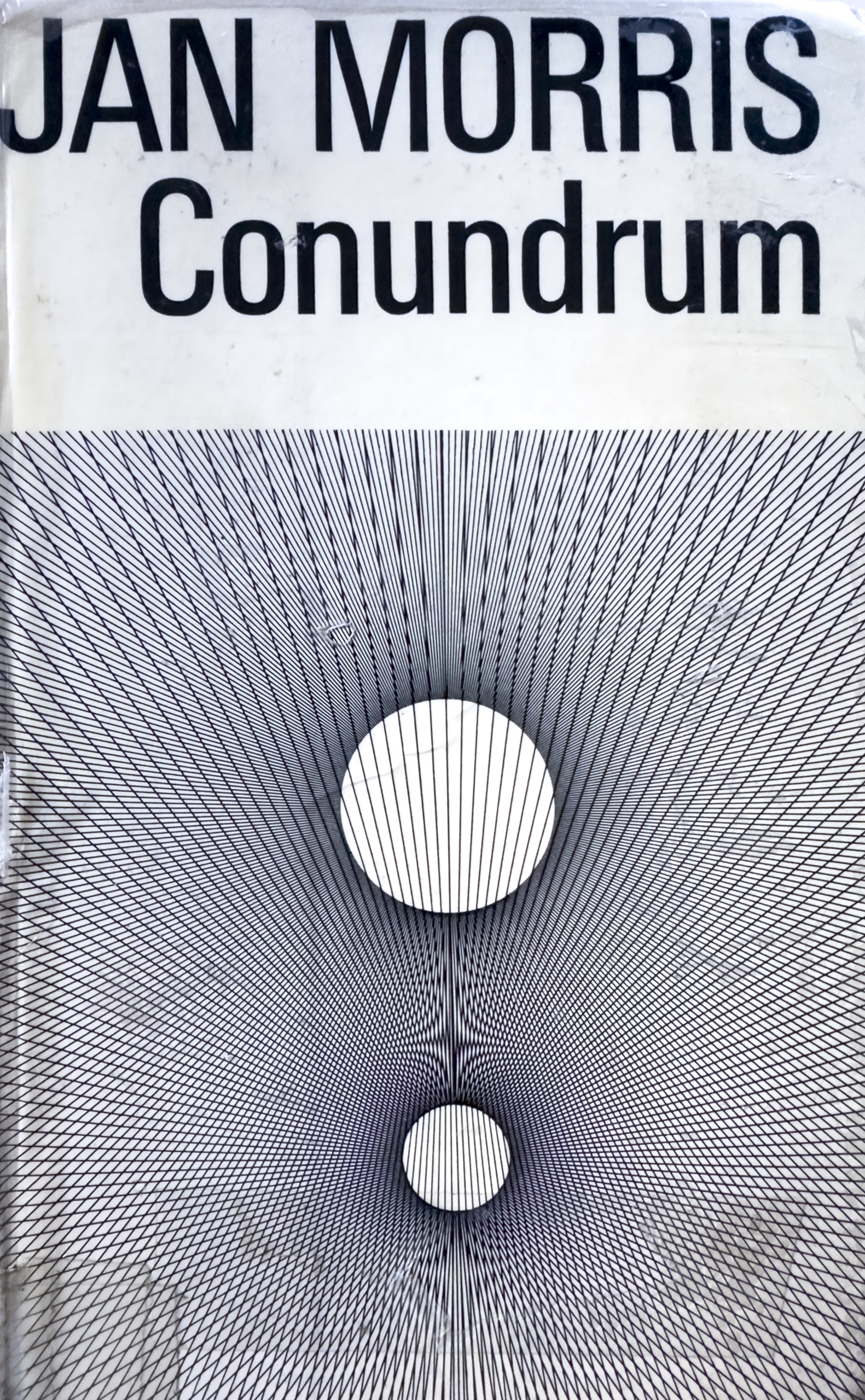
This is the story of journalist and author Jan Morris (1926-2020), who transitioned from male to female in the 1970s. She was born James Morris, and had a career as a journalist for newspapers including The Times and the Guardian. As James Morris, she was also was a member of the 1953 British Mount Everest expedition that included Edmund Hillary and Tenzing Norgay, and had the news of reaching the summit published on the same day as Queen Elizabeth II’s coronation.
James Morris married Elizabeth Tuckniss in 1949 and they had five children, one of whom died in infancy.
The conundrum
Jan had always felt, since the age of three or four, that she “had been born into the wrong body and should really [have been] a girl”. As their children grew older, she decided, with Elizabeth’s support, to begin the physical transition into a woman. This began with hormone therapy in 1964, and in 1972 she travelled to Morocco for surgery. The travel was forced because doctors in Britain refused to to do it unless the couple divorced, which they didn’t want to do.
Jan Morris was one of the first high profile people to undergo gender reassignment, and I later read that Conundrum was one of the first autobiographies to tell someone’s story of this process.
I found it fascinating, both as a portrait of a writer’s life in the mid-20th century, as well as Jan’s experience in transitioning. She observed over her eight years of hormone therapy, that she changed from someone who appeared to be a healthy middle aged male into a person “apparently neither of one sex nor the other, and more or less ageless”. She was told this was a process that she could reverse at any time if she wanted to but, “the more frankly feminine I became the happier I was” (page 100).
Observations
She makes some astute observations, such as
Myth and history alike, I discovered, were full if not of precedents, at least of parallels—men who lived as women, women who lived as men, hermaphrodites, transvestites, narcissists, not to speak of homosexuals or bisexuals. There is no norm of sexual constitution, and almost nobody has ever conformed absolutely to the conventional criteria of male and female. Through all the ages the idea of sexual overlap has fascinated poets and myth-makers, and it has also played its part in the great religions (page 44).
On the expedition reaching the summit of Everest: “ . . . this elusive prize, this snatching at air, this nothingness, left me dissatisfied . . .. Nothing had been discovered, nothing made, nothing improved.” (page 81)
And this very simple thought near the end
‘What does it feel like to be a woman, after so many years as a man?’ I cannot honestly answer this familiar question. For one thing I never thought myself to be truly a man, and do not know how a man feels. For another, there are aspects of being a woman that I shall never experience—girlhood, menstruation, childbirth, an unequivocal female sexualness. And for a third, nobody really knows how anybody else feels—you may think you are feeling as a woman, or as a man, but you may simply be feeling as yourself (page 145).
It’s that last point I find the most curious and thought-provoking.
Conundrum was a fascinating read, not just as a story—I was also intrigued by the 50-year old language and writing style.
Week 36 summary
Habit tracker
- 9.00 shutdown: 6/6 days
- 8,000 steps: 7/7 days
What was the best thing about this week?
I’m gradually building up my long walks on Sunday morning as the exercise physiologist recommended. This week I did seven km and my foot felt fine.
What did I notice this week?
The fence at the house where I take a lot of my agapanthus photos has fallen over. I assume it was a victim of the recent bad weather.
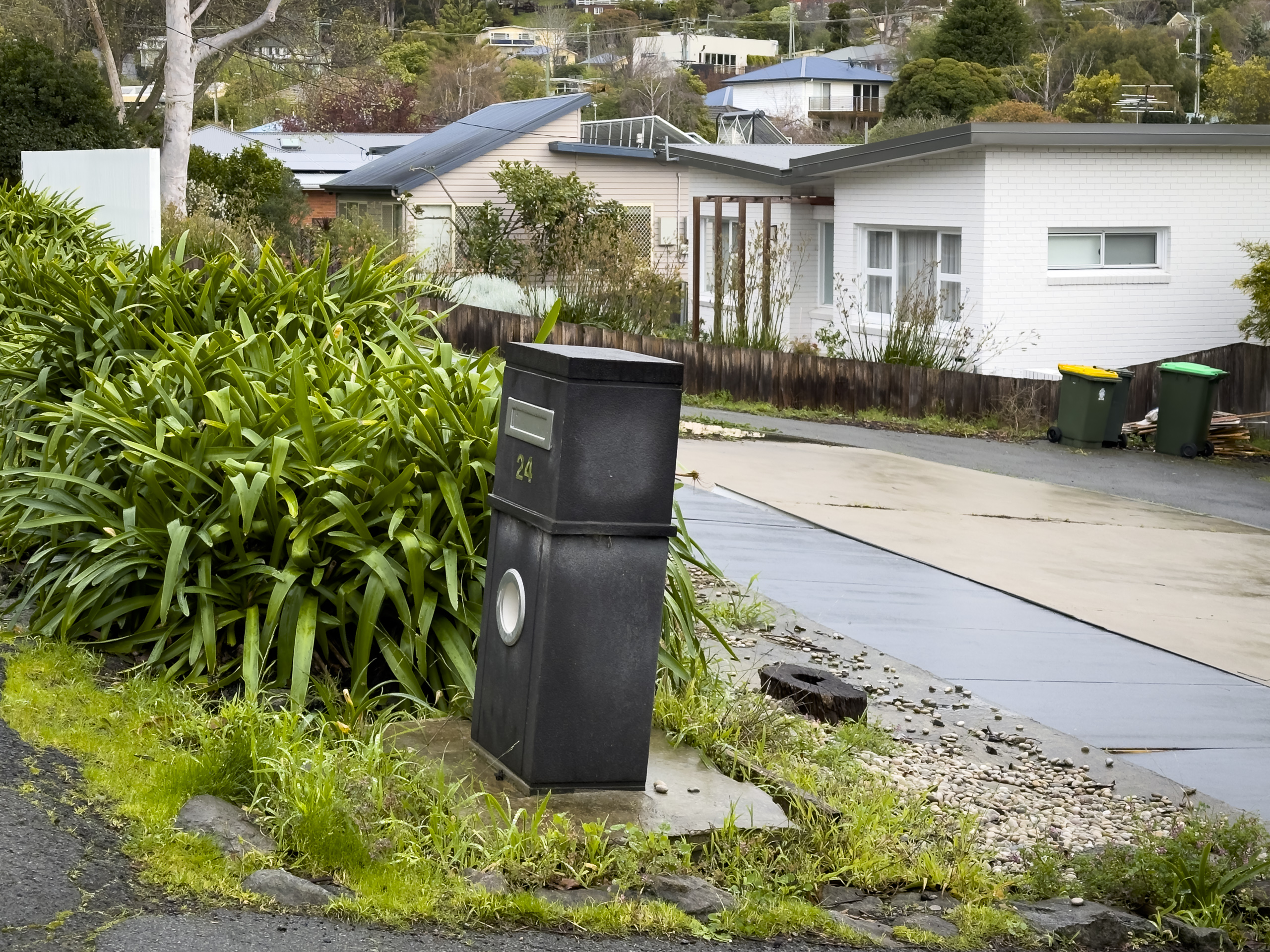
What did I learn this week?
Last week I finished reading Saltblood by Francesca De Tores and I wanted to find out more about its protagonist, the pirate Mary Read.
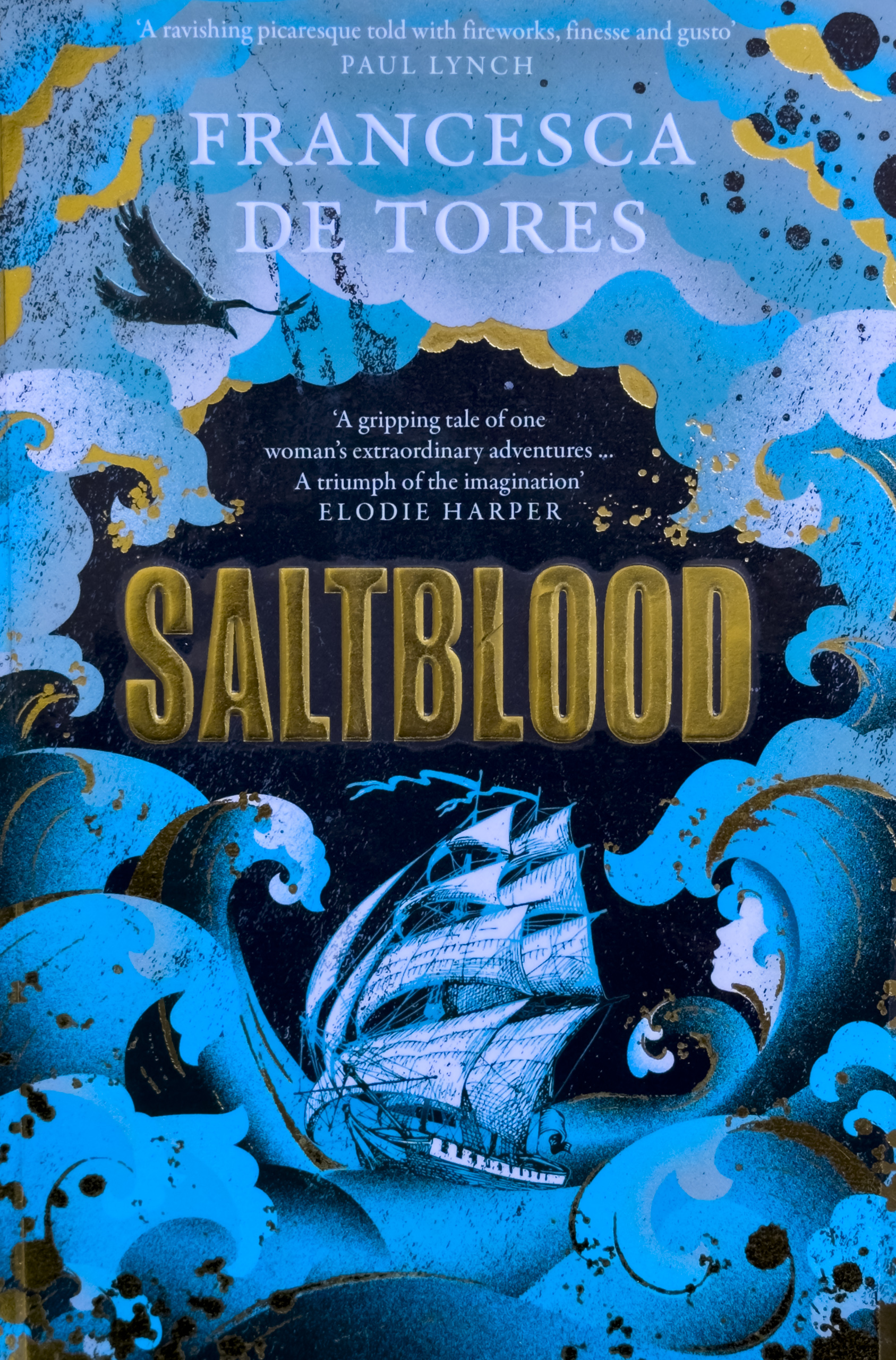
I learned that Mary Read (c 1685-1721) was brought up as her dead half-brother, Mark. After her husband’s death, Mary’s mother had been receiving support payments from Mark’s grandmother and to keep the money coming she stayed quiet about young Mark’s death and substituted new-born Mary for the recently deceased Mark. Mary continued to live as Mark for many years, during which she sailed with the navy and fought in the army, keeping her true identity hidden. Many years later, (the story tells us as Mary, but history suggest otherwise, at least for a time), she became a pirate aboard Revenge with Calico Jack and Anne Bonny.
Google her. You know you want to.
Or listen to this podcast for Badass of the Week’s take on the story.
What am I reading?
- Conundrum by Jan Morris
- We’re All Neurodiverse by Sonny Jane Wise